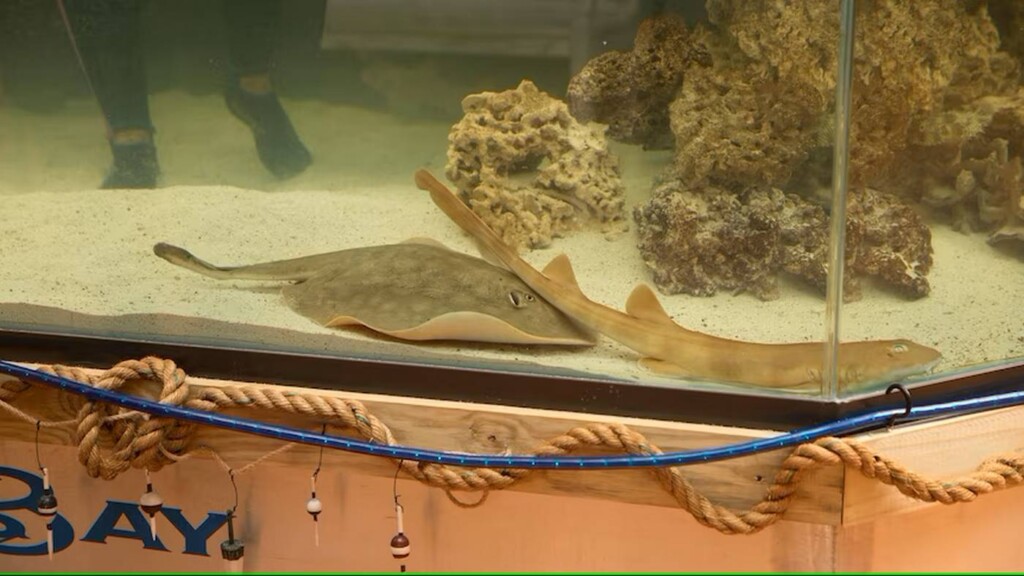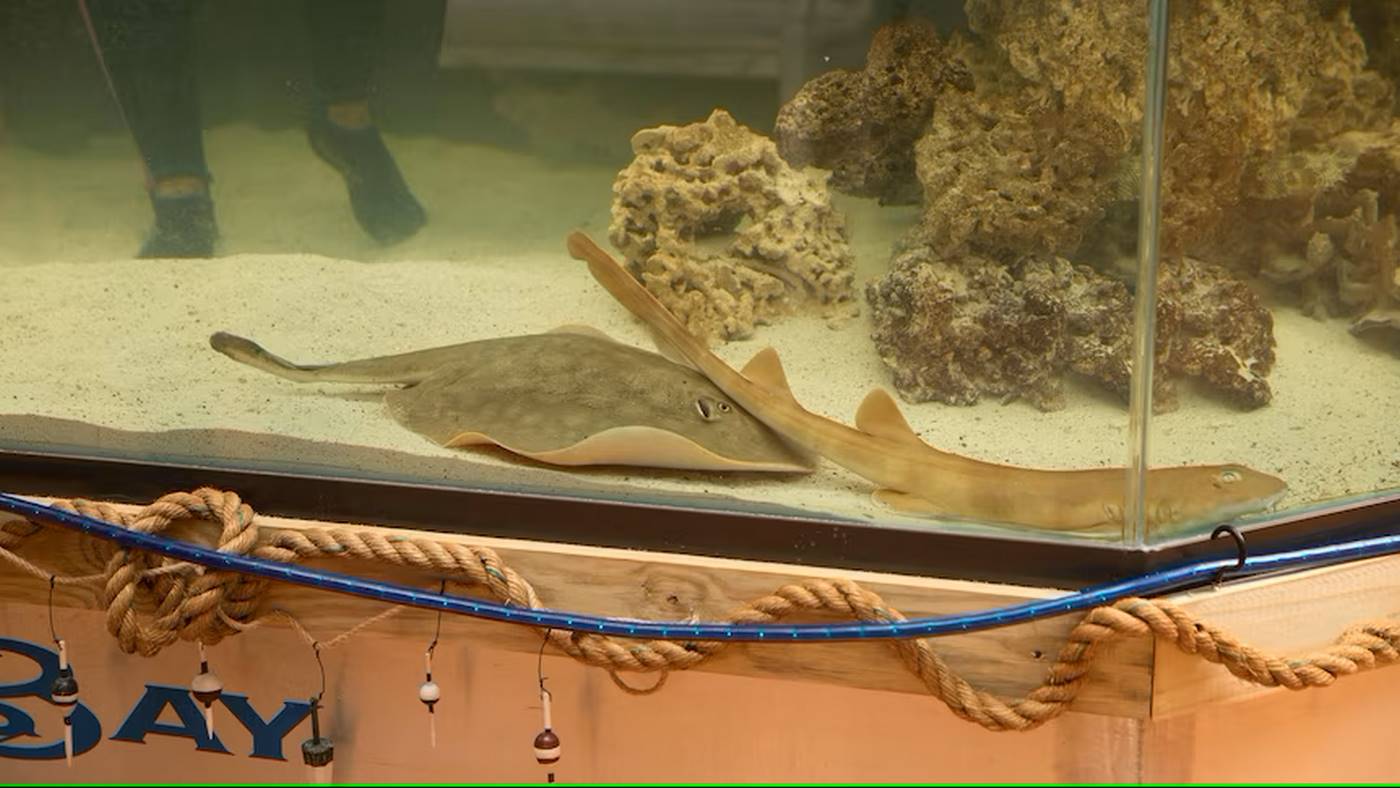
It’s hard being alone on Valentine’s Day—something that Charlotte the round stingray had experienced for eight years in a row.
But this year she decided she wasn’t going to wait for that special someone to celebrate the day of lovers, and managed to get pregnant without a man in sight for miles.
This Valentine’s Day miracle is technically called “parthenogenesis” a kind of asexual reproduction seen in birds, reptiles, amphibians, and fish—but not mammals.
Lacking any genetic material from a male, the female’s egg fuses with another cell known as a polar body, triggers cellular division, and voila—an embryo appears.
The staff at North Carolina’s Aquarium and Shark Lab first noticed that Charlotte was blowing up like a balloon and believed it was merely a case of too much food—but an ultrasound revealed that parthenogenesis had occurred, and that Charlotte would be a mom of 4 pups in the coming weeks.
“We were all like, ‘shut the back door, there’s no way’,” Brenda Ramer, executive director of the small aquarium in Hendersonville, told ABC News Australia. “We thought we were overfeeding her. But we were overfeeding her because she has more mouths to feed.”
Ramer and her staff were quick to point out that Charlotte hadn’t seen another male stingray in 8 years, and it would have been “impossible” for her to get frisky with some of the sharks that share her tank.
ANOTHER CASE OF PARTHENOGENESIS: Virgin Births Have Been Documented in Rare Bird Population–the Endangered California Condor
Despite being closely related, sharks and rays cannot interbreed; their DNA wouldn’t match up; their ‘anatomy’ even less so.
Kady Lyons, a graduate student at the aquarium, also told ABC Au that she isn’t surprised this auto-impregnation occurred, saying that it’s a case of how “life finds a way.”
SHARE This Story Of Sea Life Auto-Romance With Your Friends…




















